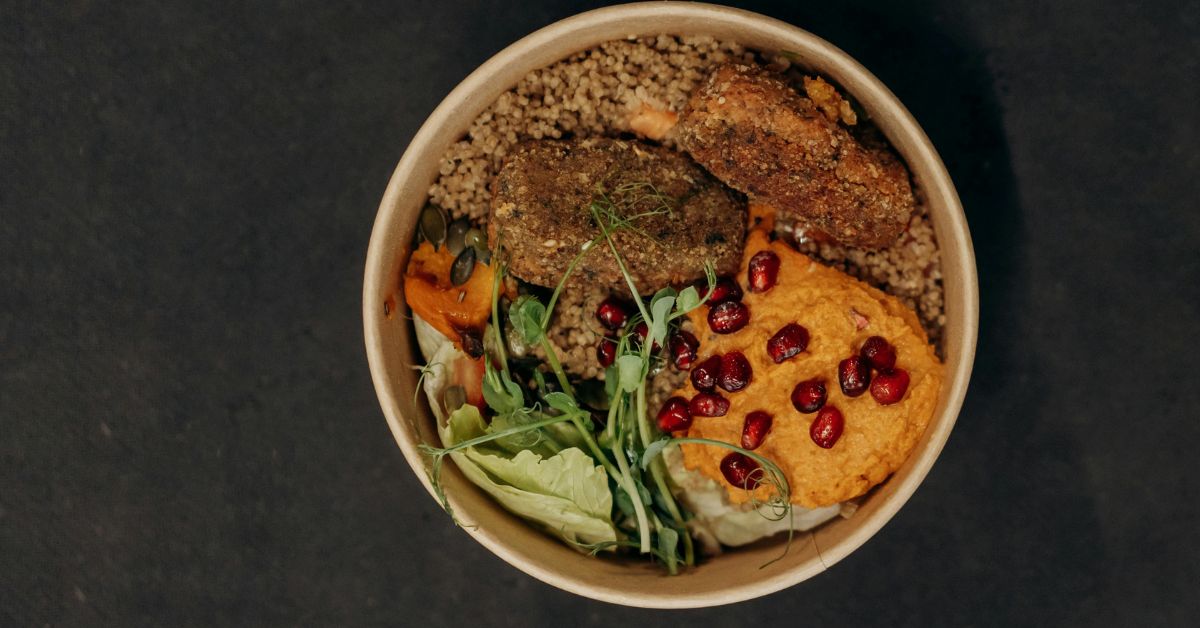Introduction
Spices have long been the heartbeat of Middle Eastern delicacies, infusing dishes with a tapestry of flavors that evoke each subculture and innovation. Among the wealthy tapestry of culinary delights from the region, one term stands out: masalwseen. Masalwseen, which comes from the Arabic phrase "masal," which means that spice, captures not only the usage of spices but also the sophisticated fusion and attentiveness that signify Middle Eastern cuisine.
The Essence of Masalwseen
Masalwseen goes beyond mere seasoning; it embodies a culinary philosophy deeply rooted in history and cultural significance. In Middle Eastern kitchens, spices are revered for their capacity to convert simple substances into culinary masterpieces. Each spice includes a story, a history that intertwines with the region’s trade routes and cultural exchanges over centuries.
The Role of Spices in Middle Eastern Cuisine
Spices in Middle Eastern cuisine serve more than one purpose past flavor enhancement. From the smelly aroma of cinnamon and cardamom to the fiery warmness of paprika and chili, each spice plays a critical role in defining the man or woman of a dish.
Commonly Used Spices in Masalwseen
Cumin: Earthy and warm, cumin forms the backbone of many Middle Eastern spice blends, including intensity to meat dishes, stews, and rice.
- Turmeric: Known for its colorful coloration and earthy flavor, turmeric now not only most effectively enhances dishes but also offers fitness advantages.
- Nutmeg and Cloves: These warming spices are critical in cakes like baklava and rice puddings, presenting a comforting sweetness.
Regional Variations
While positive spices like cinnamon and cloves are ubiquitous across the Middle East, each place boasts its particular masalwseen blends. In North Africa, for instance, harissa—a fiery paste crafted from chili peppers and garlic—is a staple, including excessive warmness to Tunisian and Moroccan dishes. In the Levant, a blend of allspice, cinnamon, and nutmeg creates an exceptional flavor profile for dishes like kibbeh and filled grape leaves.
The Art of Blending Spices
Central to masalwseen is the art of mixing spices. Every mixture, or "Bharat," is painstakingly created to supplement unique food or cuts of meat. Black pepper, paprika, cinnamon, cloves, and nutmeg are regularly combined to create baharat, a versatile seasoning that works nicely in each savory and candy recipes.
Culinary Traditions and Rituals
From the elaborate technique of sluggish-cooking stews to the delicate association of mezze platters, each dish tells a tale of cultural history and familial bonds. Spices play a significant function in these culinary traditions, symbolizing prosperity, hospitality, and the art of gracious living.
Modern Applications and Global Influence
As Middle Eastern delicacies gain popularity internationally, masalwseen has located its manner into global kitchens, inspiring cooks to tesh traditional spice blends in modern ways. From fusion restaurants mixing Middle Eastern flavors with Western strategies to domestic cooks searching to recreate true dishes, masalwseen continues to evolve even as closing proper to its roots.
Conclusion
Masalwseen embodies more than just the artwork of spice; it represents a culinary journey through records, culture, and way of life. From the bustling spice markets of Marrakech to the aromatic kitchens of Beirut, the flavors of masalwseen transcend borders, inviting all who flavor them to revel in the richness of Middle Eastern delicacies. As the world continues to include a range of flavors, masalwseen stands as a testimony to the iconic power of spices to unite, pride, and nourish both body and soul.
FAQs
1. What does “masalwseen” mean?
It refers to the art and exercise of the use of spices in Middle Eastern delicacies. Encompassing each variety and the skillful blending of spices to create one-of-a-kind flavors.
2. Which spices are frequently used in masalwseen?
Common spices used in masalwseen consist of cumin, coriander, turmeric, sumac, cinnamon, cloves, nutmeg, paprika, and various blends. Like baharat (a mixture of spices together with black pepper, paprika, cinnamon, and cloves).
3. How are spices used in Middle Eastern cooking past flavoring?
Preserving meals, and symbolizing hospitality and generosity in communal eating experiences.
4. What are some well-known dishes that exhibit masalwseen?
Dishes like kebabs, koftas, biryanis, tagines, hummus, falafel, and baklava prominently function as masalwseen. Each dish often has its specific blend of spices that contribute to its distinct taste profile.
5. How can I contain masalwseen into my cooking at home?
You can include masalwseen into your cooking by experimenting with traditional spice blends like baharat. Or ras el hanout in dishes such as roasted greens, grilled meats, couscous, and soups. Start with small quantities and modify in step with your taste options.
6. Are there nearby versions in masalwseen?
Yes, one-of-a-kind areas in the Middle East have their precise spice blends and preferences. For example, North African cuisine may use harissa for warmth. Even as Lebanese delicacies might choose a blend of allspice and cinnamon.








